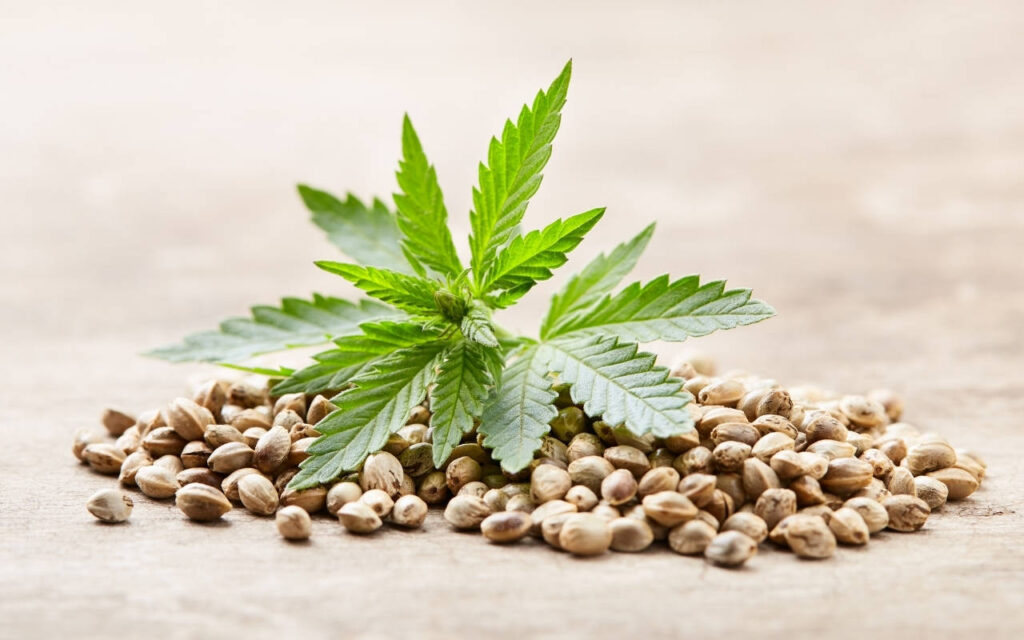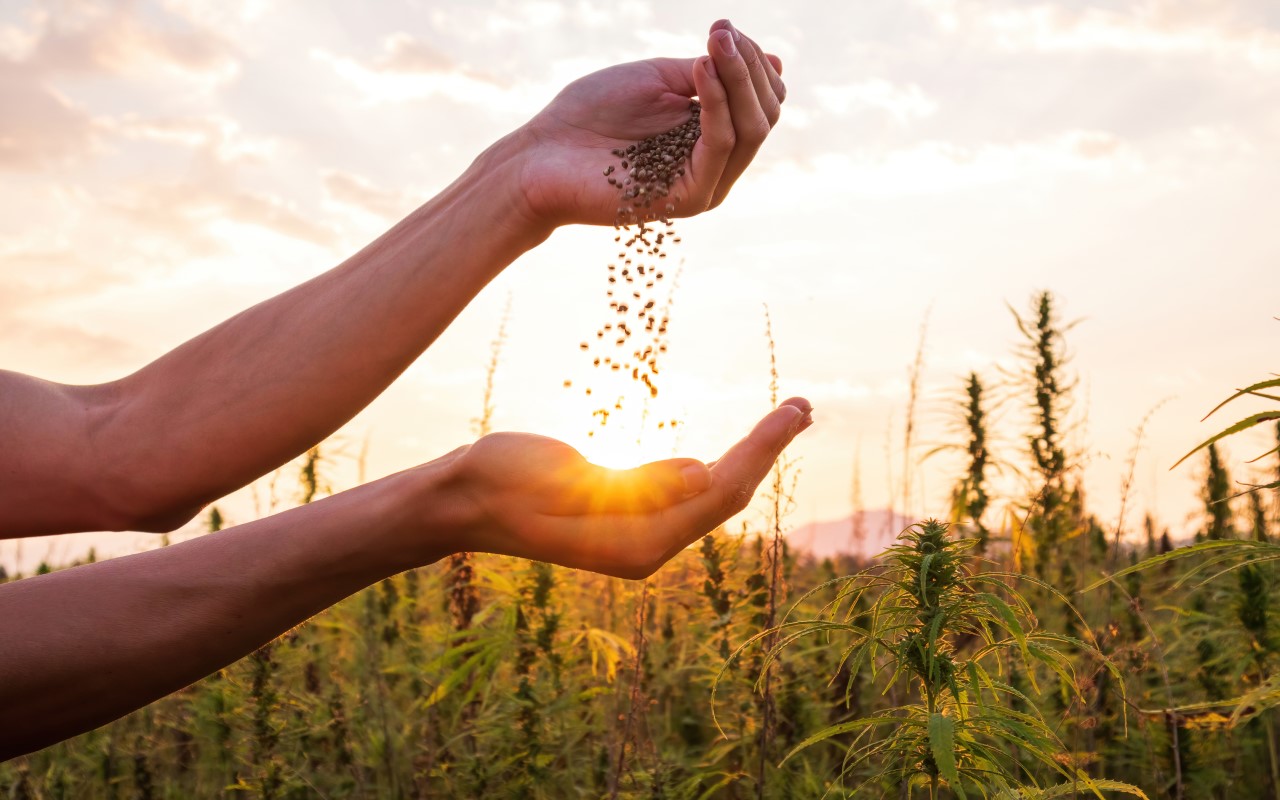Numerous common techniques and concepts can be applied to indoor plant cultivation, especially concerning marijuana plants. How are marijuana buds cultivated and consumed? There exist various cultivation techniques that can be adapted to ensure the thriving of a healthy marijuana plant and to reap the benefits of these techniques.
Several factors also demand careful consideration to achieve your objective of producing marketable marijuana plants. Gaining familiarity with the different developmental stages of the marijuana plant is pivotal to succeeding in this sector. Acquiring ample knowledge about all aspects of planting and cultivating marijuana plants is absolutely essential.
The Three Methods of Growing Marijuana – Indoors, Outdoors, or in a Greenhouse
One of the initial steps involves choosing among the three methods for cultivating marijuana. Before making this choice, it’s necessary to examine the advantages of both indoor and outdoor marijuana plant cultivation. Regardless of the chosen method, a significant portion of your success hinges on the weather conditions at your location. Furthermore, the stance of your local government on marijuana legality is also a crucial consideration. Most countries share similar views on possessing and growing marijuana plants. This article focuses on indoor marijuana cultivation to help you avoid any legal repercussions.
The finest marijuana crops originate from the best marijuana seeds. Feel free to explore our seed shop if you still lack the required seeds. You’ll find a diverse range of marijuana seeds that you can delight in cultivating. Pay close attention to the duration it takes for your plants to grow and flourish.
Making the Necessary Preparations
Before anything else, ensure that your residence is ready for your marijuana plant grow room setup. Certify that the growing room doesn’t allow any light or odor to escape. You wouldn’t want to attract any undue attention.
Keep the following points in mind to create an optimal growing environment:
Lightproof
Odor-proof
Waterproof
Carbon filters will help mitigate scents, while fans will facilitate fresh and unobstructed airflow to your marijuana plants. The room must be lightproof and prevent any light leakage. A thick black plastic sheet offers a viable solution to prevent light leakage. Investing in such a black plastic sheet is a prudent choice, given their reusability. Marijuana plants necessitate ample light exposure. You can optimize the utility of the black sheeting by lining it with white plastic. Then, coat the growing area with white paint or use aluminum foil to bounce light back towards your marijuana plants.
Choosing between Seeds or Clones
A single marijuana plant can be employed to clone a new and smaller marijuana plant. Cloning can be executed using cuttings taken directly from a female marijuana plant. It’s advisable to select a mother plant with good resilience, yield, and strength to ensure that the clone offers the same benefits. Some marijuana cultivators find cloning challenging and often fail to reproduce the desired outcome. In such cases, opting for seeds over clones becomes the preferred choice. It’s crucial to choose a reputable seed bank.
How to Cultivate Marijuana Plants Using Seeds
Begin by using twice as many seeds as the available space, as not all these seeds will develop into females. Expect that roughly half of them might turn out to be male. The goal is to retain robust female marijuana plants.
To germinate marijuana seeds, place them between damp paper towels or directly in your growing medium. Both methods require a few days before the germination process commences. Encasing the seeds in plastic, and keeping them moist and covered, accelerates the process.
Once the seeds start to sprout, position the new seedlings under a light source. Maintain a distance of 4 to 8 inches (10 to 20 centimeters) between the seedlings and the light source. Adjust this distance as the plants grow. This entails exposing the seedlings to light for 18 to 24 hours daily. Within about two weeks, the seeds will transform into seedlings, though this timeline depends on the chosen variety.
When your marijuana plants reach a height of 3 to 4 inches (7.5 to 10 cm), allow the soil to dry before watering the plants. This interval facilitates root growth. New marijuana cultivators often tend to overwater their crops; it’s crucial to avoid this mistake.
Cultivating and Flowering Your Marijuana Plants
The flowering and growth of your crops hinge on the light exposure you provide. This principle applies to all plants. Lighting typically determines the genetics of marijuana plants. Just like in nature, the latter part of the growing season demands slightly reduced light exposure for marijuana plants. This serves as a signal for the plant’s internal genetics to initiate flowering by releasing the hormone known as phytochrome. Phytochromes serve as photoreceptors in plants, detecting light. This enables marijuana plants to shift focus to flowering. Consequently, controlling light exposure imitates how plants utilize phytochrome.
Choosing between Growth Lights or Lamps
If your aim in marijuana cultivation is higher yields, supplying the plants with ample light is crucial. For cultivating marijuana seedlings, a single fluorescent bulb suffices. However, for the flowering phase, use a 400-watt light bulb for every four plants. Greater light intensity leads to improved yields from your marijuana plants.
Certain seasoned marijuana cultivators opt for 600-watt sodium light bulbs. This lighting setup, when combined with an entirely white-painted room, enhances light reflection for marijuana plants. Confirm that the power outlets in your grow room can accommodate the required draw.
Verifying the outlets is a safety measure that should be included in your grow room preparations. Check if the outlets can handle the appliances you’ll be using. To test this, plug in the washing machine, vacuum, and light. Using a 600-watt light bulb draws 6 amps and 110 volts. Should any issues arise due to the use of 600 watts, your insurance provider won’t cover repair costs, as cultivating marijuana is often considered illegal.
Incandescent light bulbs are not a viable choice due to their inefficiency. Most marijuana growers prefer fluorescent bulbs due to their affordability and availability. Use 25 watts of fluorescent lighting for every square foot (30 square cm) of growing space. Incorporating various shades of white effectively simulates sunlight.
Metal Halide (MH) bulbs are popular among growers as they emit bright white light. Marijuana plants exposed to MH bulbs yield greener and stronger results compared to those exposed to fluorescent lights. Sodium lamps emit an orange to bright yellow light akin to streetlights. This type of light is commonly used by growers during the flowering stage.
Choosing Between Soil or Hydroponics
If you don’t mind getting your hands dirty, soil is a suitable choice. Cultivating in soil imparts a distinct flavor to your harvest. However, hydroponic systems involve less mess compared to soil. Hydroponics demands precise care, as any mistakes can jeopardize your entire crop. Taste can sometimes be an issue when growing marijuana hydroponically, but experienced growers find ways around this challenge. Hydroponic systems have the drawback of being less mobile. Many marijuana growers who employ hydroponics overlook this aspect and face issues due to leaks and the attention they draw.

Plant Nutrients and Fertilizers
The vigorous growth of marijuana plants requires the presence of 14 essential chemicals. Among these, three are considered macronutrients:
Phosphorus (P)
Potassium (K)
Nitrogen (N)
All marijuana plants demand substantial quantities of these macronutrients. They are found in fertilizers and are indicated as NPK on fertilizer packaging.
Secondary nutrients are the next most abundant. These include:
Sulfur (S)
Magnesium (Mg)
Calcium (Ca)
The third category is comprised of micronutrients, such as:
Zinc (Zn)
Manganese (Mn)
Iron (Fe)
Cobalt (Co)
Molybdenum (Mo)
Chlorine (Cl)
Boron (B)
Copper (Cu)
Macronutrients are the primary ones indicated on fertilizer packaging, as only a small quantity of other nutrients is required for growing marijuana.
For growth-focused cultivation, a nitrogen-heavy fertilizer like a 20/10/10 combination is recommended. Conversely, for flowering, a phosphorus-heavy fertilizer such as a 5/20/10 combination is preferable. Avoid over-fertilizing, as excessive nutrients can harm the entire crop.
An excessive fertilizer application is often indicated when marijuana leaves curl. If your goal is to smoke the harvested crop, opt for natural products. Make sure to purchase a fertilizer specifically designed for marijuana plants, not for tomato plants. Manure is an excellent type of organic fertilizer. However, be cautious with fish emulsions unless you have an air filtration system.
Choosing Between Pots or Growing Containers
Determining the required root space for your marijuana plants is crucial when selecting a growing medium. Ensure that perlite or sand is included in the mix. This helps provide oxygen and retain more water to prevent dehydration. The pots should be sufficiently large to accommodate your marijuana plants even as they grow larger. Large marijuana plants develop extensive root systems. The pots or containers should have drainage holes near the base. Excess water can harm the roots and potentially kill your plants. Clay pots are not recommended due to their excessive evaporation.
Maintaining the Right pH Levels
The specific pH meter used doesn’t matter as long as it provides accurate readings. You can measure pH levels using disposable paper strips or reusable electronic pH meters. Both tools indicate whether soil and water are acidic (pH 0) or basic (pH 14), with a balanced pH level of 7.
An electronic meter is a valuable investment for your marijuana cultivation endeavors. It saves money compared to paper strips and provides prompt readings. Inserting the probe into the soil yields an instant reading, more effective than waiting for results from paper strips.
For alkaline solutions or excessive acidity, adjustments can be made using substances like vinegar, nitric acid, sulfuric acid, or vitamin C. These substances help balance pH levels. A few drops are sufficient to regulate pH. Be cautious to avoid chemical burns to both your marijuana plants and yourself.
Maintaining the Right Temperature
Stability is key to cultivating strong marijuana crops. Although marijuana plants can endure extreme temperatures, growth or flowering may slow down under extreme conditions. Ideally, the temperature should be around 68 degrees Fahrenheit (20 degrees Celsius) for optimal growth.
Growth halts if the temperature falls below 57 degrees Fahrenheit. Conversely, increased temperatures around 75 degrees Fahrenheit (24 degrees Celsius) can invite issues like fungi and insects. Using a 600-watt or higher light bulb can elevate the temperature in the grow room, particularly during summer. Using a fan can mitigate heat accumulation during such times.
In winter, you’ll require a heater rather than a fan, especially if the lights are off at night. When using fans, ensure they create a gentle breeze that doesn’t stress the plants. Stress can lead to thick stems and hinder optimal growth or flowering.
Maintaining the Right Humidity
Maintain humidity around 50% in your grow room consistently. High humidity levels can encourage pests and plant diseases.
Trimming Your Marijuana Plants
The best time to trim your marijuana plants is when they’ve reached a few centimeters or inches in height and have approximately three sets of leaves. Trim the top two leaves, which will prompt the marijuana plant to split into two more branches. Regularly pruning leaves can lead to bushier plants and increased yields if done correctly, but improper trimming can harm the plants.
The Flowering Stage
Once your marijuana plants have attained the desired height, switch the light cycle to 12 hours of bright light followed by 12 hours of darkness. This change in light exposure initiates the flowering stage, bringing you closer to harvest time. When you notice that the tiny hairs on the marijuana buds have turned around 75% brown, orange, or red, it’s time to harvest them.
Harvest Time Finally Arrives
Trim away any pointed leaves protruding from the marijuana buds. These leaves can impart a harsh or sharp flavor that may irritate the throat when smoked. After removing unwanted portions, you’re left with the desirable parts. Hang the marijuana plants upside down while ensuring protection and proper ventilation to prevent infestations by pests or rodents.
Rodents are known to nibble on marijuana plants and seeds, so keep a watchful eye. The curing process should follow the plant’s lead to avoid producing sharp-flavored harvests. You desire a satisfying smoking experience. Avoid using heaters during this phase, as they can harm both your plants and your desired outcome.


